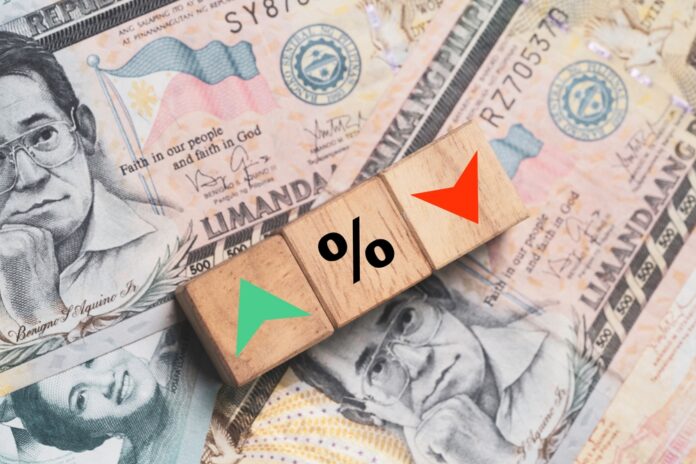Output growth averaging only 5.5 percent in the December quarter last year was seen accelerated to 5.8 percent in the quarter ended March this year, according to analysts at Moody’s Analytics
But inflation, effectively a tax on growth, was similarly seen accelerated at the April price survey of the Philippine Statistics Authority (PSA), averaging 3.9 percent during the month from only 3.7 percent in March, the Moody’s unit said.
This was a tad better than estimates released by analysts at the First Metro Investment Corp. (FMIC)), the investment arm of the Metropolitan Bank and Trust Co. (Metrobank), who forecast inflation in April at 4 percent.
Various other analysts earlier released forecast inflation averaging as high as 4.1 percent and as low as 3.5 percent.
According to the Moody’s unit, accelerated first-quarter expansion in the Philippines resulted in part from trade activities attributable to stronger semiconductor shipments and rising tourism receipts.
“Private consumption will make modest gains, supported by a robust labor market and a healthy inflow of remittances,” its analysts said.
Unemployment slowed to 3.5 percent as of latest from a four-month high of 4.5 percent while remittances, which help fuel consumption activities, quickened by 3 percent following a 2.7 percent uptick in January, based on PSA data.
But while all these could prove sanguine for the Philippines down the line, Moody’s analysts said the cost of servicing the country’s debt obligations, particularly the domestic ones, could prove a speed impediment on growth.
According to PSA data, government debt as percent of local output measured as the growth domestic product (GDP) equal 60.9 percent as of latest, a significant deterioration from only 60.4 percent.
As context, public sector debt was highest at 74.9 percent of GDP in 1993 when the economy struggled to pay the fiscal excesses of past dispensations but stood at a record low of 39.6 percent of GDP as recently as 1993 when the Philippines graduated from decades of tutelage by the International Monetary Fund.
In local currency terms, the outstanding obligations of the national government gyrated from P13.857 trillion in January this year to P15.178 trillion in February before moderating to only P14.925 trillion in March.
Government being the single largest borrower in an economy, its debt activities tell on the performance of the economy as a whole in the form of rising interest rates, which impacts on everyone without distinction, or whether or not one was in fact a money saver or alternately a borrower of money.







